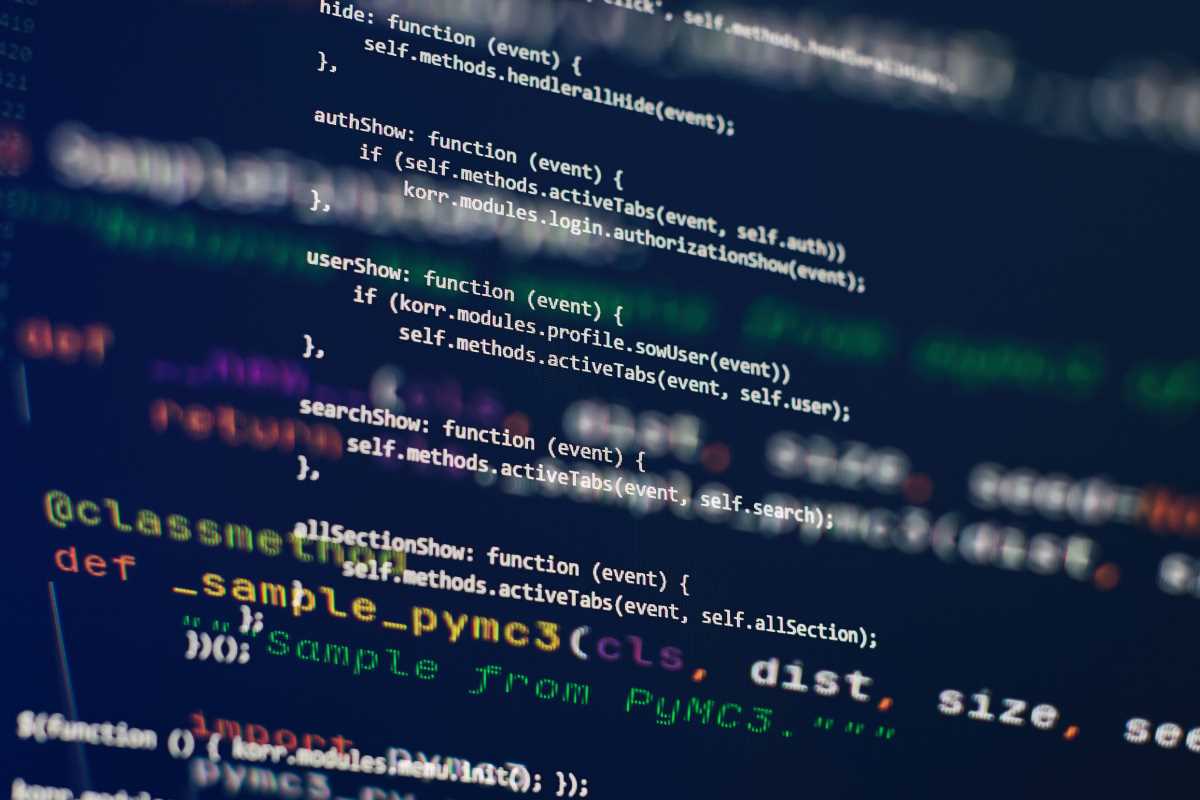Quantum computers rely on qubits, tiny units that can exist as both 0 and 1 at once. Because qubits can hold multiple states, these advanced machines process a vast number of possibilities all at the same moment. This unique ability sets them apart from classical computers, which handle one calculation at a time. With quantum computing, complex problems that would take years to solve using traditional systems become manageable. For instance, business owners can turn to this technology to untangle complicated logistics challenges, optimizing supply chains and delivery routes in ways that were previously out of reach for conventional hardware.
Entanglement enhances processing by linking qubits so actions on one affect others instantly. This feature helps calculate complex supply-chain scenarios at remarkable speed. Grasping these basics makes the rest of the concepts easier to understand.
Basics of Quantum Computing
Traditional servers rely on bits that are strictly 0 or 1. Replacing that with qubits unlocks parallel processing at an unprecedented scale. This fundamental change transforms how you solve routing, scheduling, and resource-allocation problems.
Qubits face decoherence, meaning they lose information when disturbed. Engineers use error-correcting codes and cryogenic cooling to preserve qubit states. Understanding these hardware limitations helps set realistic expectations about current quantum capabilities.
Important Quantum Algorithms for Logistics Optimization
Here are seven notable methods that apply quantum algorithms to improve logistics workflows:
- Quantum Approximate Optimization Algorithm (QAOA): It finds solutions close to optimal for routing and scheduling by mixing problem-specific operators and a driver Hamiltonian. You can adjust parameters to balance speed and accuracy.
- Variational Quantum Eigensolver (VQE): This algorithm minimizes cost functions related to inventory costs. VQE combines quantum circuits with classical optimizers to identify low-cost configurations.
- Grover’s Search: By speeding up unstructured search tasks, Grover’s method can match products with warehouse slots more quickly. It achieves quadratic speedup compared to classical brute force searches.
- Quantum Annealing: Devices like D-Wave focus on minimizing a cost function by exploring energy landscapes. This approach works well for resource allocation across multiple depots, reducing decision times.
- Quantum Fourier Transform (QFT): QFT helps analyze demand patterns by breaking down time-series data into frequency components. This insight can adjust shipment windows around peak and off-peak trends.
- Quantum-inspired Tensor Networks: Even though they run on classical hardware, these methods use quantum insights to compress and process high-dimensional logistics data more efficiently.
- Hybrid Quantum-Classical Workflows: Connecting cloud-based qubit processors with on-premises servers allows teams to send subproblems to quantum units and quickly integrate results.
Improving Routes and Schedules in Real Time
Deciding routes dynamically requires rapid decisions when traffic or weather changes. Quantum optimizers quickly reconfigure delivery paths, lowering fuel costs and reducing delays. Companies running pilot programs report time savings of 15–20%.
Assigning drivers to routes becomes more flexible. Instead of rerunning lengthy calculations on classical systems, quantum modules suggest swaps within seconds. This flexibility improves customer satisfaction through timely deliveries.
Managing Resources and Inventory
Balancing stock levels across multiple warehouses challenges even experienced analysts. Quantum annealers explore allocation scenarios that traditional solvers might overlook, maintaining tight buffer stocks without risking shortages.
Optimizing warehouse space benefits from qubit-driven pattern recognition. By comparing past sales trends, quantum tools assign product batches to ideal locations, reducing handling time and increasing order-picking efficiency.
Addressing Implementation Challenges
- Hardware Access: Quantum machines are still rare. Cloud services provide entry points but may introduce latency. Scheduling batch jobs during off-peak hours can help reduce delays.
- Algorithm Development: Many quantum routines still need tuning. Collaborate with research teams to customize algorithms for specific logistics models.
- Workforce Skills: Staff often lack quantum computing knowledge. Offer targeted training sessions that combine theory with practical labs.
- Integration Difficulties: Combining quantum outputs with legacy ERPs can stall projects. Use modular APIs to standardize data exchange between systems.
Upcoming Trends in Quantum-Enabled Logistics
Researchers aim to increase qubit counts beyond 1,000 while enhancing coherence times. As they reach these goals, algorithms will handle more variables at once. This development opens possibilities for national or global distribution network simulations.
Another trend involves co-processor chips designed to work alongside CPUs in shipping centers. These hybrid boards could run specialized quantum-like circuits to speed up on-site decision making, reducing reliance on remote data centers.
Advances in error mitigation promise more dependable outputs, making quantum solutions competitive with classical solvers for everyday tasks. Expect startups to offer ready-to-use quantum modules tailored for delivery services.
Integrating quantum calculations with AI-driven demand forecasts will produce even more accurate predictions. When quantum results feed into machine-learning models, inventory errors and route conflicts decrease further. This collaboration paves the way for self-optimizing supply chains.
Overall, staying updated and launching pilot programs now can give innovators a first-mover advantage as quantum hardware matures.
As quantum platforms and algorithms improve, logistics teams can achieve new efficiency gains. Testing these methods now sets the stage for more advanced operations in the future.
 (Image via
(Image via





.jpeg)